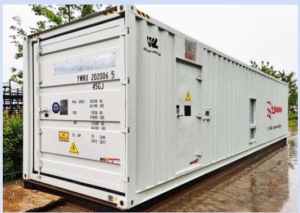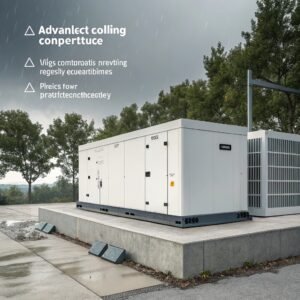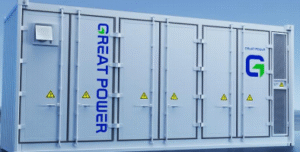What is a standalone solar PV system?
by
What is a standalone solar PV system?
When the power grid fails or isn't available, a standalone solar PV system can keep your lights on. But what exactly makes these systems different from regular solar setups?
A standalone solar PV system operates independently from the grid, using solar panels, batteries, and often a backup generator to provide complete off-grid power. These systems are essential for remote locations and areas with unreliable electricity.
[image placeholder]
Transition Paragraph:
Now let's examine the key components needed for a standalone system and how they work together to provide reliable power.
What is needed for a stand alone solar system?
Building a reliable off-grid solar system requires careful planning and specific components. Missing any of these could leave you without power when you need it most.
A complete standalone solar system requires solar panels, charge controller, battery bank, inverter, and often a backup generator. Proper sizing of each component is critical for reliable operation.
Essential components breakdown:
| Component | Purpose | Key Considerations |
|---|---|---|
| Solar Panels | Generate DC electricity | Size based on daily energy needs |
| Charge Controller | Regulates battery charging | Must match system voltage |
| Battery Bank | Stores energy for later use | Deep-cycle batteries recommended |
| Inverter | Converts DC to AC power | Size based on peak loads |
| Backup Generator | Provides power during extended cloudy periods | Diesel or propane models most common |
Pro Tip: Always add 20-30% extra capacity to account for system losses and future energy needs.
What are the different types of solar PV systems?
Not all solar installations are created equal. Understanding the differences helps you choose the right system for your specific needs and location.
The three main types are grid-tied (most common), hybrid (grid-tied with battery backup), and standalone (completely off-grid). Each serves different purposes with varying complexity and cost.
System type comparison:
| Type | Grid Connection | Battery Backup | Best For |
|---|---|---|---|
| Grid-Tied | Yes | No | Urban areas with reliable grid |
| Hybrid | Yes | Yes | Areas with occasional outages |
| Standalone | No | Required | Remote locations, unreliable grid |
Real-World Example: A mountain cabin would need a standalone system, while a suburban home might choose grid-tied with optional battery backup.
Is it worth getting a hybrid solar inverter?
Hybrid inverters promise the best of both worlds - grid connection with battery backup. But are they worth the additional investment?
Hybrid inverters are worth considering if you experience frequent power outages or want energy independence while maintaining grid connection. They typically cost 20-30% more than standard inverters.
Hybrid inverter benefits:
- Seamless transition during power outages
- Energy management between solar, battery, and grid
- Load shifting to use cheaper off-peak electricity
- Future expansion for adding more batteries
- Grid services in some areas (feed-in tariffs)
Cost Consideration: While more expensive upfront, hybrid systems can pay for themselves over time through increased energy independence and potential savings.
Conclusion
Standalone solar PV systems provide complete energy independence, while hybrid systems offer a balanced approach. The right choice depends on your location, budget, and reliability needs. Proper component selection ensures years of trouble-free operation.



